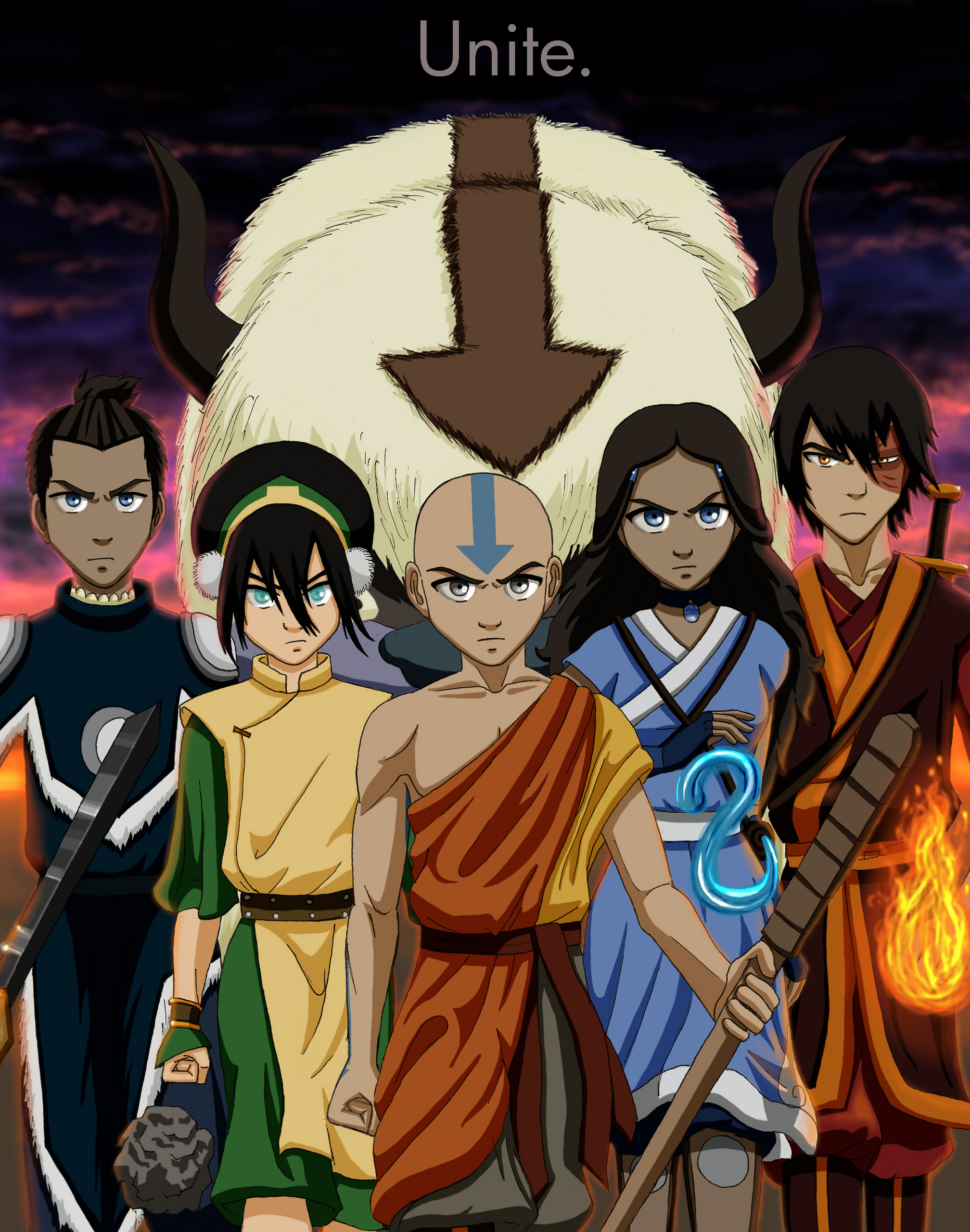Exploring the world of Avatar: The Last Airbender and its cinematic adaptations offers a fascinating look into how characters are brought to life. While it's challenging to imagine Giancarlo Esposito in Saul’s position or vice versa, the essence of an actor as an avatar for a character is undeniable. This concept extends beyond just visual representation; it delves into the depth of performance and storytelling.
The Role of Actors in Video Games and Films
In video games, the main actor often serves as a direct extension of the player's identity. For instance, when starting a game, the main character's appearance might be set to a default template. However, players can customize this avatar to better align with their personal vision. Tutorials guide users through selecting appearances from various sprites, ensuring that the chosen image resonates with both the narrative and the player's preferences.
Requirements for such customization are typically minimal, especially in systems like RPG Maker MV (RMMV). These tools allow creators to focus on enhancing gameplay experiences without needing advanced technical skills. By offering multiple choices for character appearances, developers ensure that each player feels connected to the story on a deeper level.
Aang's Journey: Ages and Legacy
Understanding the timeline of beloved characters adds richness to any discussion about avatars. At the beginning of the series, Aang was 12 years old—though technically 112 if you include the time spent frozen in the iceberg. This detail underscores his unique journey as both a child and a centuries-old guardian of balance.
Avatar 2: The Way of Water continues the epic saga of the Na’vi people, focusing on Jake Sully and Neytiri as they strive to safeguard their family against returning threats. The film boasts an impressive ensemble cast featuring Zoe Saldana, Kate Winslet, Stephen Lang, Michelle Rodriguez, and Giovanni Ribisi, among others. Each actor brings authenticity to their role, bridging the gap between human performers and CGI-enhanced characters.
Behind the Scenes: Crafting Authentic Performances
One of the key distinctions of Avatar: The Way of Water lies in its approach to blending real-world performances with digital artistry. Unlike other films relying heavily on CGI, all principal actors physically engaged in immersive activities to prepare for their roles. They ventured into jungles, catching and cooking food to authentically embody their characters' struggles and triumphs.
This dedication to realism elevates the storytelling process, making audiences more invested in the unfolding drama. It also highlights the importance of collaboration between directors, casting teams, and production designers like Rick Carter and Robert Stromberg. Their combined efforts create breathtaking worlds where humans and Na’vi coexist harmoniously—or clash dramatically.
Casting Choices: Cultural Representation Matters
When adapting animated series into live-action formats, casting decisions become crucial. Netflix's live-action version of Avatar: The Last Airbender faced significant scrutiny over its selection of actors representing diverse cultures. Showrunners aimed to honor the original material by casting individuals whose backgrounds reflected the fictional nations depicted in the series.
Paul Sun-Hyung Lee, known for his work in Kim’s Convenience, takes on the mantle of one of ATLA's most cherished characters. Born in Daejeon, South Korea, he brings a nuanced understanding of cultural dynamics to his performance. Similarly, other cast members were chosen based on their ability to authentically portray characters rooted in Inuit, Tibetan, Chinese, Japanese, Korean, Indian, and Pacific Islander traditions.
Financial Realities of TV Production
Beyond creative considerations, financial aspects play a pivotal role in shaping productions. For example, salaries for main actors on popular TV shows vary widely depending on factors such as experience, popularity, and contract negotiations. During the heyday of The A-Team, George Peppard reportedly earned up to $40,000 per episode, while Mr. T commanded $80,000 weekly. Such disparities often spark debates about fairness and industry standards.
Sam Worthington, who rose to fame playing Jake Sully in the Avatar franchise, exemplifies how breakthrough roles can significantly impact an actor's career trajectory. His portrayal of a paraplegic ex-Marine navigating new challenges resonated deeply with global audiences, cementing his status as a leading figure in modern cinema.
Conclusion: The Power of Avatars
In conclusion, whether in video games, animated series, or blockbuster movies, the concept of an avatar remains central to storytelling. These representations serve not only as vessels for narrative exploration but also as reflections of our own identities and aspirations. As technology advances and creative boundaries expand, the potential for even richer characterizations grows exponentially.
The world of entertainment continues to evolve, pushing artists and audiences alike to reimagine what it means to connect through shared stories. By embracing diversity, fostering collaboration, and prioritizing authenticity, creators can craft experiences that resonate across cultures and generations.

